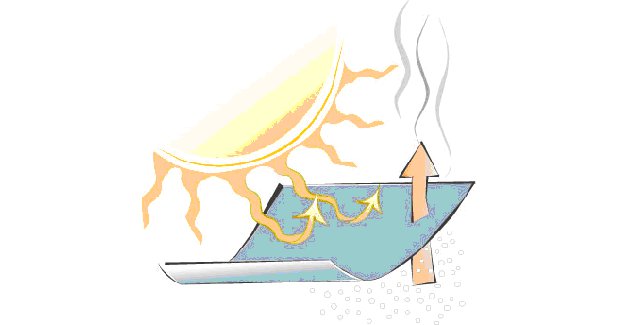
Report on UV protective clothing
The incidence of skin cancer has risen sharply since the 1970s – despite the widespread use of sunscreen – and has become a major public health concern in countries with fair skinned populations and high levels of solar radiation.
The incidence of skin cancer has risen sharply since the 1970s – despite the widespread use of sunscreen – and has become a major public health concern in countries with fair skinned populations and high levels of solar radiation.
Ultraviolet (UV) protective clothing represents the most convenient and reliable method of protecting the skin against the harmful effects of the sun and, with this in mind, several companies have been established over the past 20 years with the aim of developing clothing which resists UV radiation while also being lightweight, breathable and stylish. Furthermore, in more recent years, such companies have been joined by established clothing brands which are keen to reach a broader audience of consumers.
As a result, today’s consumers can choose from a broad range of UV protective garments, including children’s wear, fashion wear and workwear. Despite these bright spots, however, the industry faces several challenges – most notably a lack of understanding among consumers about the advantages that UV protective garments offer over conventional clothing or sunscreen.
Textiles Intelligence has come out with a report, which provides a wealth of information on the market for UV protective clothing and the fabrics, dyes and additives used in the manufacture of such clothing. The report also discusses the role of clothing in protecting against UV rays, the effects of UV radiation on textiles, methods of protecting against UV radiation, and industry standards for UV protective clothing.



